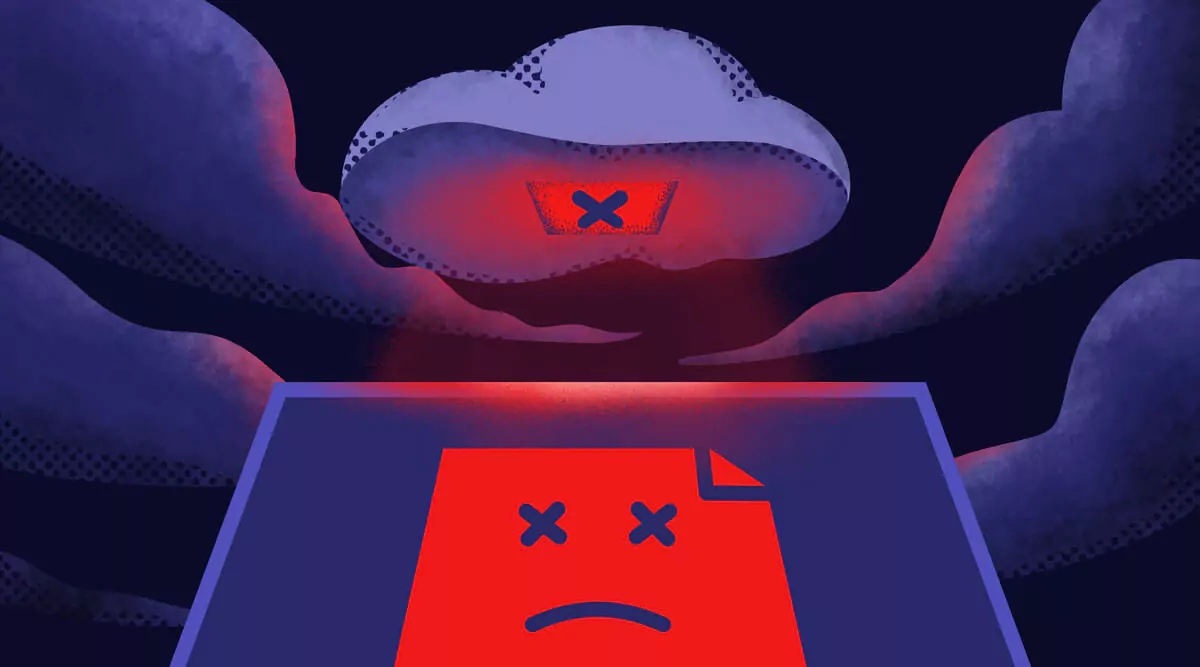Security is one of the most changeable landscapes in technology at the moment. With innovations, come new threats, and it seems like every week brings news of a major organization succumbing to a cyber attack. We’re seeing innovations like AI-driven threat detection and zero-trust networking continuing to be a huge area of investment. However, security should never be treated as a single plane.
Here at Coralogix, we’re firm believers that observability is the backbone of good security practice. That’s why, in this piece, we’re going to examine what’s in the arsenal when it comes to protecting your platforms at their core: the application level.
The cyber-security picture today
Trends in cyber security seem to revolve around two key facets: detection and recovery. Detection, because stopping an attack before it happens is less costly than recovery. Recovery, because there is a certain inevitability associated with cyber-attacks and organizations want to be best prepared for such an eventuality. GDPR logging and monitoring and NIS require disclosure from an organization hit by a cyberattack within 72 hours, so it’s easy to see companies are today focussing on these pillars.
In terms of attack style, three main types dominate a CISO’s headspace in 2021. These are (in no particular order), supply-chain attacks, insider threats, and ransomware.
Code-layer security for your application
It’s fair to say that applications need safe and secure code to run without the threat of compromising other interdependent systems. The SolarWinds cyber attack is a great example of when compromised code had a devastating knock-on effect. Below, we’ll explore how you can boost your security at a code level.
Maintain a repository
Many companies will employ a trusted code repository to ensure that they aren’t shipping any vulnerabilities. You can supercharge the use of a repository by implementing GitOps as a methodology. Not only does this give you ship and roll-back code quickly, but with the Coralogix Kubernetes Operator, you can keep track of these deployments with your observability platform.
Write secure code
This seems like an obvious suggestion, but it shouldn’t be overlooked. Vulnerabilities in Java code occupy the top spots in the OWASP top 10, so ensure your engineers are well versed in shortcomings around SSL/TLS libraries. While there are tools available which scan your code for the best-known vulnerabilities, they’re no substitute for on-the-ground knowledge.
Monitor your code
Lack of proper monitoring, alerting, and logging is cited as a key catalyst of application-level security problems. Fortunately, Coralogix has a wide range of integrations for the most popular programming languages so that you can monitor key security events at a code level.
Cloud service security for your application
Public cloud provides a range of benefits that organizations look to capitalize on. However, the public cloud arena brings its own additional set of application security considerations.
Serverless Monitoring
In a 2019 survey, 40% of respondents indicated that they had adopted a serverless architecture. Function as a Service (FaaS) applications have certainly brought huge benefits for organizations, but also bring a new set of challenges. On AWS, the FaaS offerings are Lambda and S3 (which is stateful backend storage for Lambda). The Internet is littered with examples of security incidents directly related to S3 security problems, most famously Capital One’s insider threat fiasco. This is where tools like Coralogix’s Cloudwatch integration can be useful, allowing you to monitor changes in roles and permissions in your Coralogix dashboard. Coralogix also offers direct integration with AWS via its Serverless Application Repository, for all your serverless security monitoring needs.
Edge Computing
Edge computing is one of the newer benefits realized by cloud computing. It greatly reduces the amount of data in flight, which is good for security. However, it also relies on a network of endpoint devices for processing. There are numerous considerations for security logging and monitoring when it comes to IoT or edge computing. A big problem with monitoring these environments is the sheer amount of data generated and how to manage it. Using an AI-powered tool, like Loggregation, to help you keep on top of logging outputs is a great way of streamlining your security monitoring.
Container security for your application
If you have a containerized environment, then you’re probably aware of the complexity of managing its security. While there are numerous general containerized environment security considerations, we’re going to examine the one most relevant to application-level security.
Runtime Security
Runtime security for containers refers to the security approach for when the container is deployed. Successful container runtime security is heavily reliant on an effective container monitoring and observability strategy.
Runtime security is also about examining internal network traffic, instead of just relying on traditional firewalling. You also have to monitor the orchestration platforms (for example Kubernetes or Istio) to make sure you don’t have vulnerabilities there. Coralogix provides lots of different Kubernetes integrations, including Helm charts, to give you that vital level of granular observability.
What’s the big deal?
With many organizations being increasingly troubled by cyberattacks, it’s important to make sure that security focus isn’t just on the outer layer, for example, firewalls. In this article, we’ve highlighted steps you can take to effectively monitor your applications and their components to increase your system security, from the inside out.
What’s the biggest takeaway from this, then? Well, you can monitor your code security, cloud services, and container runtime. But don’t ever do it in isolation. Coralogix gives you the ability to overlay and contextualize this data with other helpful metrics, like firewalls, to keep your vital applications secure and healthy.


